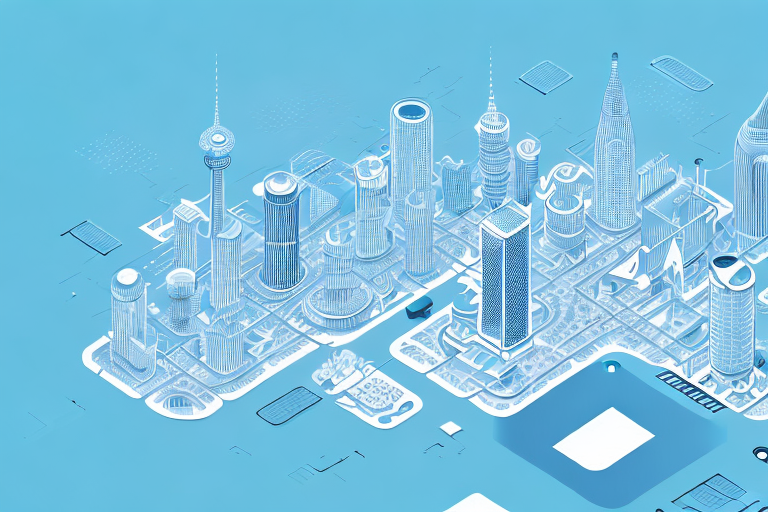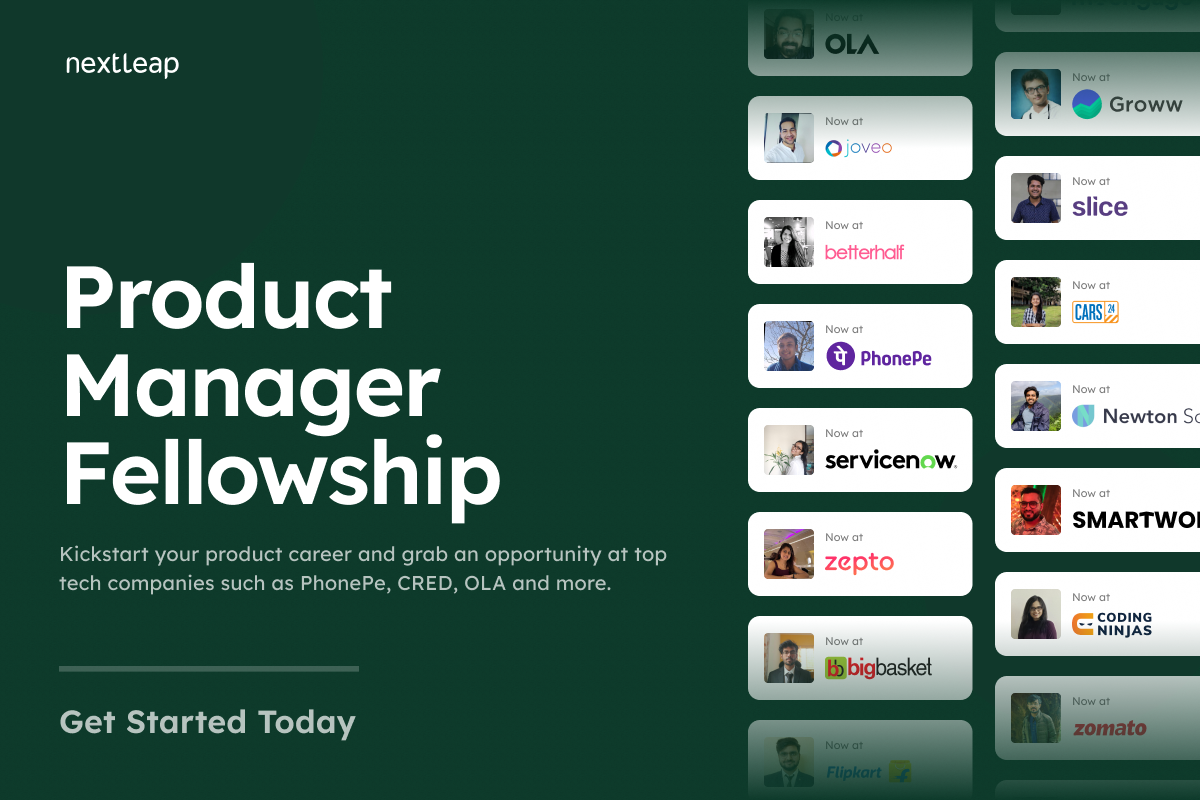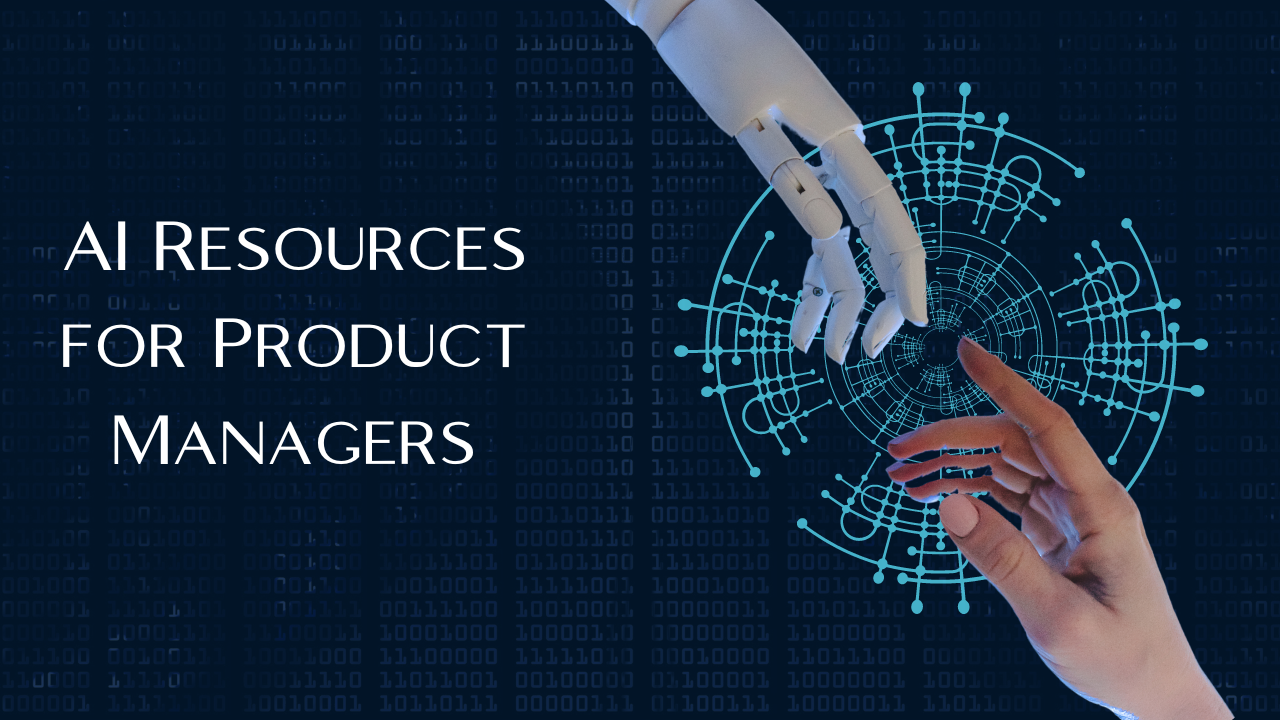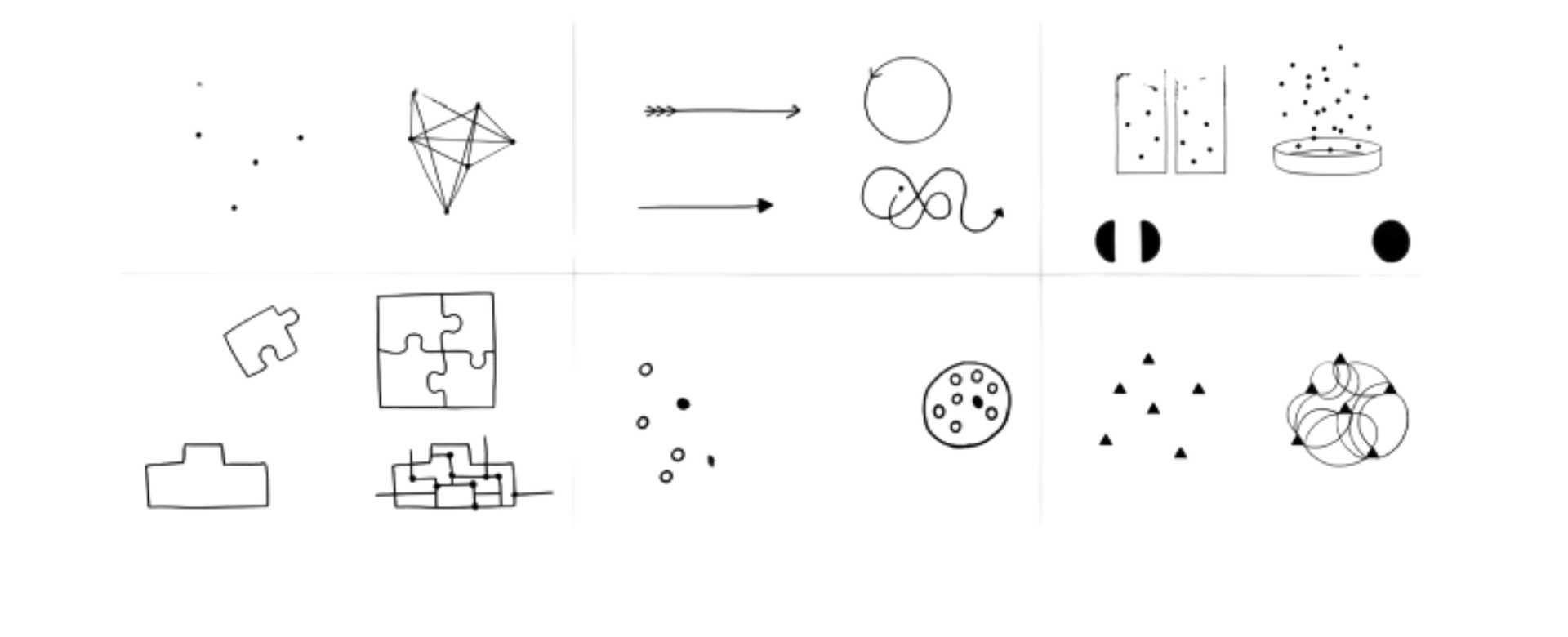The Future of MVPs: Trends and Predictions for 2023

As technology continues to evolve, Minimum Viable Products (MVPs) are becoming increasingly important. MVPs are versatile and cost-effective solutions that allow companies to quickly develop and test out new ideas, products, and services. In this article, we will explore some of the trends and predictions for MVPs in 2023 and how you can use them to stay ahead of the innovation curve.
Artificial Intelligence and Machine Learning
One of the most significant trends in the world of MVPs is the use of artificial intelligence (AI) and machine learning (ML). AI and ML can be used to create data-driven products that are highly accurate and able to adapt quickly to changing market conditions. This technology can be used to develop predictive analytics tools, automated customer support systems, and more. AI and ML can also help companies to quickly identify problems, optimize processes, and make decisions faster than ever before. Additionally, AI and ML can be used to identify new market opportunities and uncover insights that would otherwise be difficult to uncover.
AI and ML can also be used to automate mundane tasks, such as data entry and customer service. This can free up resources and allow companies to focus on more important tasks. Furthermore, AI and ML can be used to create personalized experiences for customers, allowing companies to better understand their needs and provide tailored solutions. By leveraging AI and ML, companies can gain a competitive edge and stay ahead of the curve.

Become a Product Manager
Learn from top industry experts, get access to 1 year placement support and transition into product management at India's top tech companies.
Virtual and Augmented Reality
Another trend in MVPs is the use of virtual and augmented reality. Augmented reality (AR) is a technology that uses computer-generated images or videos to enhance a user's real-world environment. This technology can be used to create immersive experiences for customers, allowing them to interact with products in a realistic environment. This can be beneficial for companies that are launching MVPs as it can provide customers with an enhanced experience and help them gain a better understanding of the product or service. Virtual reality (VR) is also becoming more popular with MVPs as it allows businesses to create virtual simulations of their products or services for customers to interact with.
The use of virtual and augmented reality in MVPs can also help businesses to reduce costs associated with product development and testing. By using virtual simulations, businesses can test their products in a virtual environment, without having to invest in physical prototypes. This can help to reduce the cost of product development and testing, as well as the time it takes to bring a product to market.
Remote and Distributed Teams
The use of remote and distributed teams is also becoming more common with MVPs. This approach allows companies to tap into a larger talent pool and increase their speed of development. Remote teams are also beneficial for companies that are looking to reduce their overhead costs while still ensuring they have access to the best talent. Additionally, distributed teams offer an agile approach that helps businesses quickly identify and address problems as they arise.
Remote and distributed teams also provide the opportunity for increased collaboration and communication. With the right tools and processes in place, teams can work together more effectively and efficiently. This can lead to improved productivity and better results. Additionally, remote and distributed teams can help to reduce the need for travel, which can save companies time and money.
The Rise of No-Code Platforms
No-code platforms have quickly become popular with MVPs. These platforms allow businesses to quickly develop products or services without needing to code from scratch. This approach is beneficial for companies as it reduces their development time and costs while still providing them with a highly functional product or service. Additionally, no-code platforms can be used to quickly create prototypes and test out new ideas before investing in further development.
No-code platforms are also beneficial for businesses that lack the technical expertise to develop their own products or services. By using a no-code platform, businesses can quickly create a product or service without needing to hire a team of developers. This can be especially useful for small businesses that may not have the resources to hire a development team. Furthermore, no-code platforms are often more user-friendly than traditional coding, making them easier to use for those with limited technical knowledge.
How NextLeap Can Help You Stay Ahead of the MVP Innovation Curve
At NextLeap, we provide a comprehensive range of services that can help you stay ahead of the MVP innovation curve. Our services include product development, UX/UI design, market research, and more. We have helped many businesses develop successful MVPs and can help you do the same. Contact us today to learn more about how we can help you achieve your goals.
Our team of experienced professionals have the expertise and knowledge to help you create an MVP that meets your needs and exceeds your expectations. We understand the importance of staying ahead of the competition and will work with you to ensure that your MVP is the best it can be. We will also provide ongoing support and guidance throughout the development process, so you can be sure that your MVP will be successful.

Become a Product Manager
Learn from top industry experts, get access to 1 year placement support and transition into product management at India's top tech companies.



